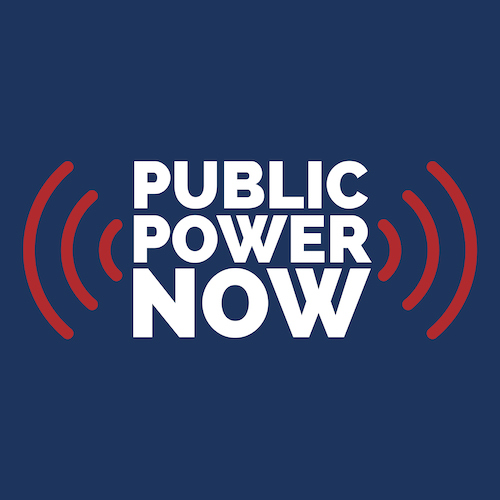Washington State’s Grant County PUD has assembled a portfolio of energy resources to safely supply Grant County’s projected growth in energy demand through 2030, PUD Commissioners were told at a recent meeting.
The public power utility will meet energy demand using existing energy resources, which include generation from Priest Rapids and Wanapum dams, along with new power-purchase agreements including three from solar-energy producers and a “Provider of Choice” agreement with the Bonneville Power Administration. Market purchases will cover any shortfalls.
Rich Flanigan, vice president of Energy Supply Markets, included these agreements and other achievements as part of his third-quarter 2025 business report.
For the remainder of 2025, Flanigan said his team will finalize a state-mandated Clean Energy Implementation Plan and continue their research into feasibility of new sources of energy production for Grant PUD, including the potential for geothermal and natural gas.
“That’s important work you’re doing,” Commission Terry Pyle said of the changes ahead, as Grant PUD’s energy portfolio and market participation diversify and growth is projected to continue. “We appreciate the work you’re doing. It kind of feels like we’re trying to go from zero to 260 mph in six seconds.”
Commissioners to Hold Hearing
Grant PUD Commissioners will hold a public hearing on Dec. 9 and open a 14-day comment period for customers to give their input on proposed rate increases for 2026.
During a presentation by Grant PUD’s Rates & Pricing Department on Nov. 12, the commissioners were given an update on the proposed rates for 2026.
The 2026 rates will reflect a long-term commission strategy that gives preferential access to the generating resources provided by Grant PUD’s Wanapum and Priest Rapids dams to residential, small business, and agricultural customers.
With Grant PUD’s lowest-cost power resource reserved for these core customers, their average rate increase will be about 3.5% in 2026.
The increase is needed to primarily keep up with the rising costs of providing power service to these customers, the PUD noted.
For example, the costs of wires and transformers -- two staples of distribution power service -- continue to outpace the state’s inflation rate and have practically doubled in the past 10 years, stated Jeremy Stewart, Rates & Pricing Lead Financial Analyst.
Non-core customer groups, including large general service, industrial, large industrial, ag food processing, evolving industry, and fast-charging EV, will see increases from 8.2% to 11.6% for 2026, depending on their specific rate classes. The increase is needed to cover inflation costs and additional generation costs to serve their power loads.
Along with the proposed rates for 2026, commissioners were also given an outlook of expected rate increases for the next 10 years. The intention is to carry the 3.5% annual average increase for core customers through 2035. Noncore customers will see an average annual increase of 9.5% a year through 2035. Even with the average annual increases of 9.5% over the next 10 years, Grant PUD expects the rates to continue to remain competitive within the state and nationwide.
The 10-year rate trajectory will be revisited and revised each year. Having a forward outlook for rates will eliminate reactive rate setting and provide a more stable, proactive approach to sustain a strong financial position for Grant PUD, it noted.

